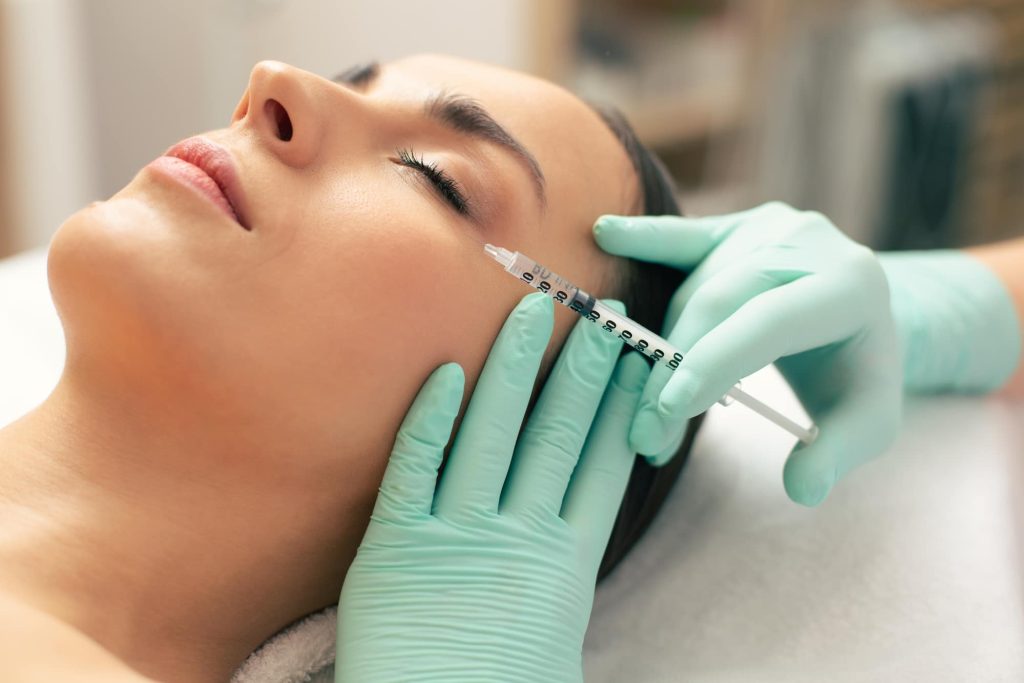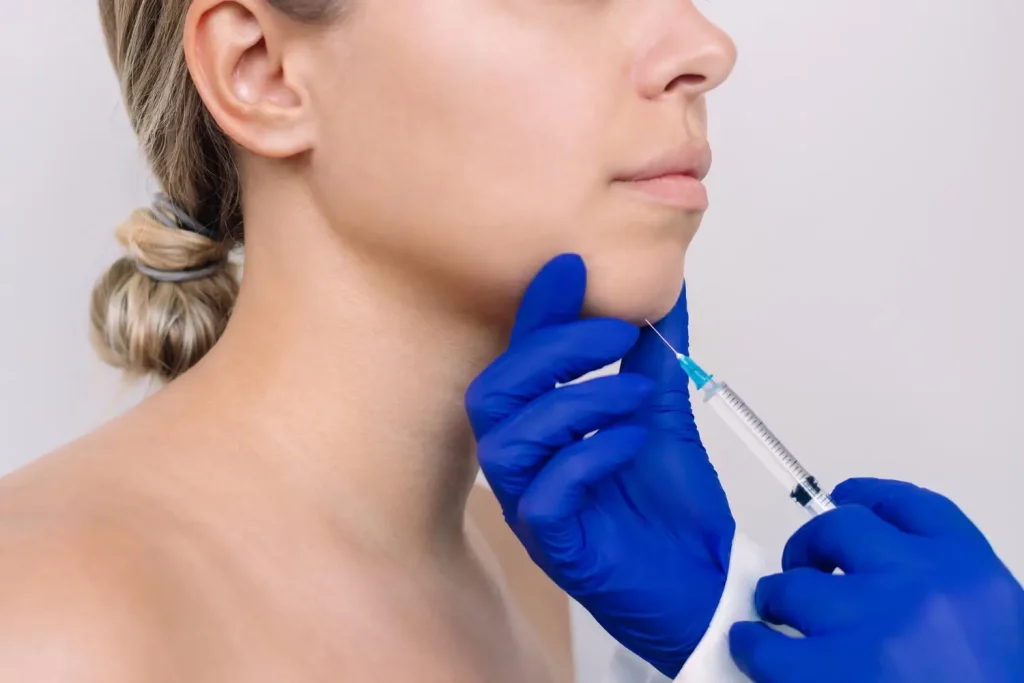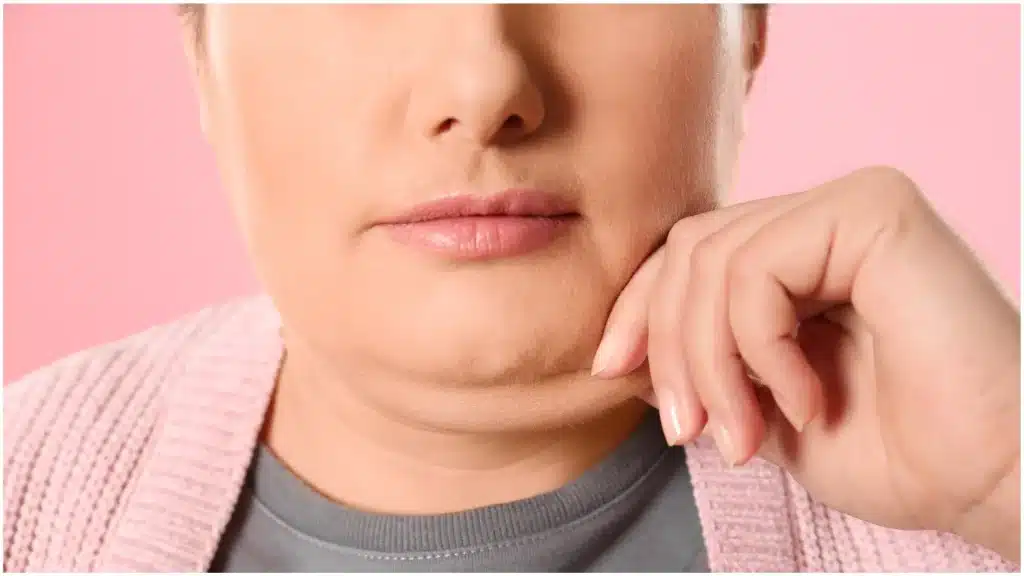If you’re considering using dermal fillers to address age-related changes, you may have heard of Restylane and Juvederm; and wondered which is better. These two fillers are often compared because they have similar properties.
What Are Restylane and Juvederm?
The modern cosmetology market is full of effective, high-quality injectables, which only an experienced specialist can thoroughly understand. Restylane and Juvederm are undoubtedly the most popular series of fillers, characterized by similar properties and specific aesthetic benefits. They are both made of hyaluronic acid and can restore volume, reduce the appearance of wrinkles and fine lines, and enhance facial features like the lips and cheeks.
Increased plasticity distinguishes these gels; they keep the desired shape, do not dissolve for a significant amount of time, and are naturally eliminated from the body. As a result, there is practically no risk of allergic reactions. Insertion of fillers is a minimally traumatic process.
Preparations of both brands may contain lidocaine, which makes the introduction of fillers practically painless. In addition, application anesthesia can be used. The procedure takes just 30–45 minutes, depending on the area and number of injections, and can be performed during a lunch break.
Long-term rehabilitation is not required: small punctures heal in a few days. In both cases, your patient can immediately return to their daily activities. However, for a short time after the filler application, patients will have to give up heat procedures, massages, and active sports. It is also important that the patient protects themselves from ultraviolet rays.
Indications for Juvederm and Restylane fillers are similar and can be summarized as follows:
- Age-related and mimic wrinkles;
- Folds and wrinkles in the perioral area;
- Volume replenishment of the thin regions of the face and body (cheeks, cheekbones, chin, hands);
- Correction of the nasolabial triangle;
- Correcting the shape and volume of the lips, smoothing wrinkles around the mouth and above the upper lip;
- Improvement and modeling of contours and contours of the face;
- Reducing the visibility of veins on the back of the hands.
Both brands are equally effective in solving the aforementioned aesthetic problems and guarantee an immediate result that lasts, on average, six months to a year, depending on the chosen tool and the individual susceptibility of the patient’s body.
Thus, Juvederm and Restylane fillers have a lot in common. And now, let’s talk about their differences.
Differences Between Restylane and Juvederm
The main difference between Juvederm and Restylane fillers is the consistency of the gels. Juvederm has a softer texture and is better suited for fine lines and areas that require more flexibility.
Restylane is generally thicker and firmer than Juvederm, which makes it ideal for deeper lines and wrinkles, providing excellent lifting and creating volume. A more elastic gel is obtained from the NASHA technology than other hyaluronic acid fillers.
Restylane fillers fix more reliably at the injection site and do not migrate due to good tissue adhesion. Preparations of this brand are better suited for increasing volume, especially since the gels are very malleable and easily take the required shape.
Juvederm fillers are a good solution for smoothing fine wrinkles, including delicate areas like the eye. Thanks to the VYCROSS technology, the American manufacturer achieved the most smooth, silky structure.
This brand provides gels that enable accurate work while maintaining a natural appearance. They also offer volumizing agents. Their latest product, Juvederm Volux, has exceptional features that help create a distinct oval shape for the face and chin.
Fillers are intended to correct various areas. Both brands have lines that differ in density, plasticity, and texture. For example, Juvederm Voluma is designed to increase the cheekbones, Juvederm Volbella is optimal for giving additional volume to the lips, Juvederm Volift is designed to eliminate nasolabial folds, Juvederm Volux is unique for creating a chin and corners of the lower jaw.
You can use Restylane in these cases, but this brand’s products are especially well suited for correcting the perioral area, cheeks, and nose. They are also suitable for replenishing the lack of volume on the back of the hands.
The Restylane family also includes fillers with different characteristics designed to correct specific areas. For example, Restylane Lip Volume is designed for lip augmentation, Restylane Perlane for eliminating nasolabial folds, and Restylane SubQ for the chin and face oval.
Volume is increased when using fillers of either brand, and the skin becomes visibly smooth and elastic. The final results of using Juvederm and Restylane are seen approximately two weeks after the procedure. In both cases, the result lasts an average of 9–12 months.
The duration is influenced not only by the characteristics of the fillers, but also by the areas of drug administration, the patient’s metabolism, and their lifestyle. Some are happy with the results within one to two years, but the effect becomes less noticeable for other patients after 7–8 months.
Restylane fillers are believed to have a more prolonged effect, depending on the specific drug chosen and the patient’s characteristics.
The final results of both fillers are similar, but slight differences may exist in how they look and feel. For example, Restylane gives a more lifted and defined appearance, while Juvederm can provide a more natural-looking result.
Safety and Side Effects
Restylane and Juvederm are considered safe and effective dermal fillers that the FDA has approved for cosmetic use.
Regarding safety, Restylane and Juvederm are well-tolerated by most patients. But, like any medical procedure, there is always a risk of side effects.
Some common side effects of both fillers include the following at the injection site:
- swelling,
- redness,
- bruising,
- tenderness.
These side effects are usually mild to moderate in severity and typically resolve within a few days to a week.
However, there are some differences between Juvederm and Restylane in terms of the potential side effects. Restylane is more likely to cause lumps or bumps under the skin, especially if injected superficially or in large amounts.
Conversely, Juvederm can be more likely to cause bruising or discoloration at the injection site. In rare cases, both fillers can cause more severe side effects, such as infection or allergic reactions.
Overall, both Restylane and Juvederm are safe and effective options for facial rejuvenation, and the choice between the two dermal filler brands will depend on individual patient factors and specific treatment goals.
Cost and Availability
The cost of Restylane and Juvederm is comparable. Although this can vary depending on your location, the number of syringes needed, and the area to be treated.
Juvederm and Restylane costs range from $500 to $800 per syringe. But the price can be higher in more expensive cities or when injected by more experienced medical professionals.
Restylane and Juvederm are widely available in the United States and many other countries. They are both FDA-approved and can be found at most aesthetic clinics and medical spas. However, the products’ availability may vary depending on the region and the product supplier.
Conclusion
Restylane and Juvederm each are popular, commonly used dermal fillers, formulated to address cosmetic issues such as wrinkles, fine lines, and facial volume loss. These fillers create similar final results, as they are both made of hyaluronic acid, although where they vary is in composition, longevity, and texture.
A qualified medical expert is able to make the decision between use of either Restylane or Juvederm based on the patient’s needs and preferences, among other factors. Restylane is more cohesive and typically used for deeper areas; Juvederm is smoother, best for use on more superficial areas.
FAQ
Is Restylane better than Juvederm?
Restylane and Juvederm are dermal fillers that can effectively improve the appearance of fine lines, wrinkles, and volume loss in the face. However, whether Restylane is better than Juvederm, or vice versa, is subjective and can vary depending on individual preferences and goals.
Restylane and Juvederm are both made of hyaluronic acid. However, the formulations of the two products differ slightly, which can impact their performance and results.
Restylane has a firmer texture and may be better suited for deeper wrinkles and face areas that require more volume, like the cheeks and chin. Conversely, Juvederm has a smoother texture and may be better for fine lines and areas that need less volume, such as the lips and under-eye area.
Ultimately, the best choice between Restylane or Juvederm depends on an individual’s specific needs and the recommendations of a qualified and experienced injector.
References
Bogdan Allemann I, Baumann L. Hyaluronic acid gel (Juvéderm) preparations in the treatment of facial wrinkles and folds. Clin Interv Aging. 2008;3(4):629-34. doi: 10.2147/cia.s3118. PMID: 19281055; PMCID: PMC2682392.
Pinsky MA, Thomas JA, Murphy DK, Walker PS; Juvéderm vs. Zyplast Nasolabial Fold Study Group. Juvéderm injectable gel: a multicenter, double-blind, randomized study of safety and effectiveness. Aesthet Surg J. 2008 Jan-Feb;28(1):17-23. doi: 10.1016/j.asj.2007.09.005. PMID: 19083502.
Flynn TC, Thompson DH, Hyun SH. Molecular weight analyses and enzymatic degradation profiles of the soft-tissue fillers Belotero Balance, Restylane, and Juvéderm Ultra. Plast Reconstr Surg. 2013 Oct;132(4 Suppl 2):22S-32S. doi: 10.1097/PRS.0b013e31829e88a3. PMID: 24077007.
Vartanian AJ, Frankel AS, Rubin MG. Injected hyaluronidase reduces Restylane-mediated cutaneous augmentation. Arch Facial Plast Surg. 2005;7:231–237.
Irwin B. (n.d.). Guide to dermal fillers: Restylane, Juvederm, Voluma, Sculptra.
skintour.com/fillers-botox-injectibles/dermal-fillers-juvederm-restylane-sculptra-radiesse/guide-to-dermal-fillers-restylane-juvederm/.
Miller SR. (n.d.). Restylane injections – Benefits, cost & side effects.
http://www.yourplasticsurgeryguide.com/injectables-and-fillers/restylane.htm.
Sandoval LF, Huang KE, Davis SA, Feldman SR, Taylor SL. Trends in the Use of Neurotoxins and Dermal Fillers by US Physicians. J Clin Aesthet Dermatol. 2014 Sep;7(9):14-9. PMID: 25276271; PMCID: PMC4174914.



















